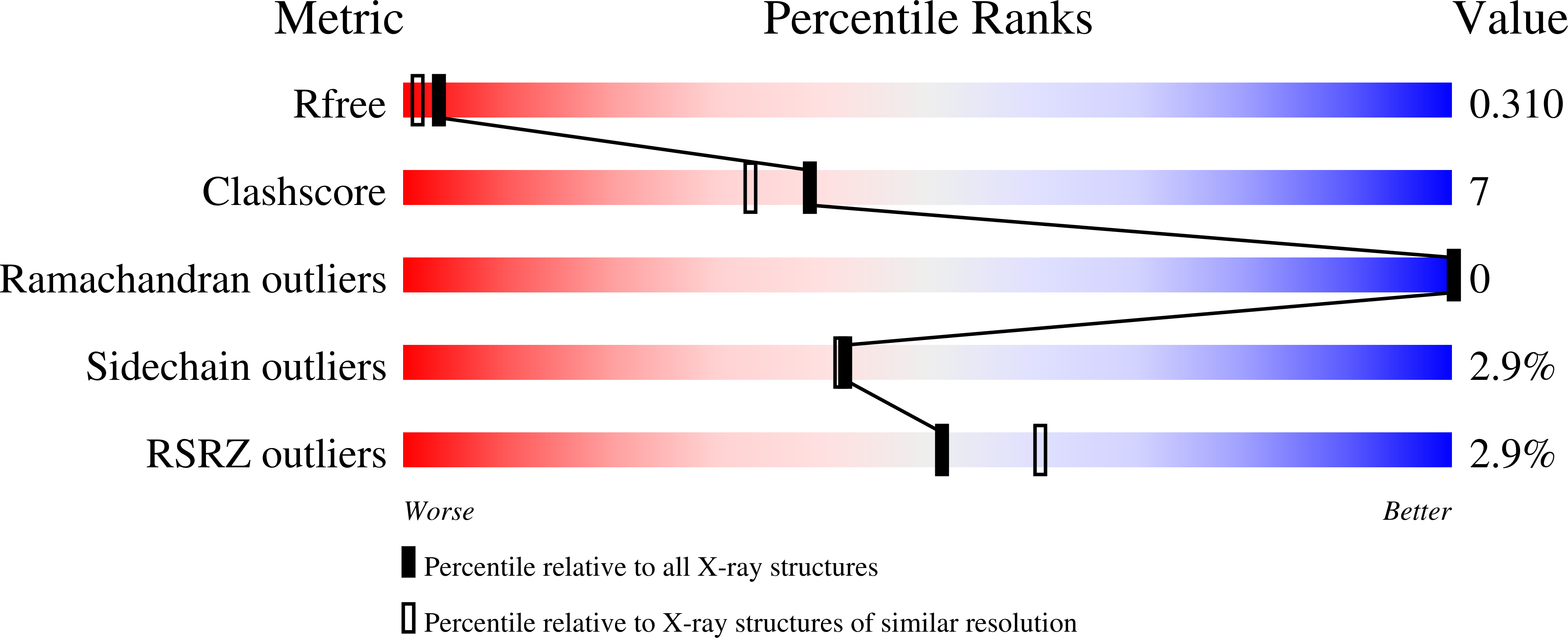
Deposition Date
2018-06-25
Release Date
2019-05-22
Last Version Date
2024-01-17
Entry Detail
PDB ID:
6GWK
Keywords:
Title:
The crystal structure of Hfq from Caulobacter crescentus
Biological Source:
Source Organism:
Caulobacter vibrioides CB15 (Taxon ID: 190650)
Host Organism:
Method Details:
Experimental Method:
Resolution:
2.15 Å
R-Value Free:
0.30
R-Value Work:
0.27
R-Value Observed:
0.27
Space Group:
P 43


